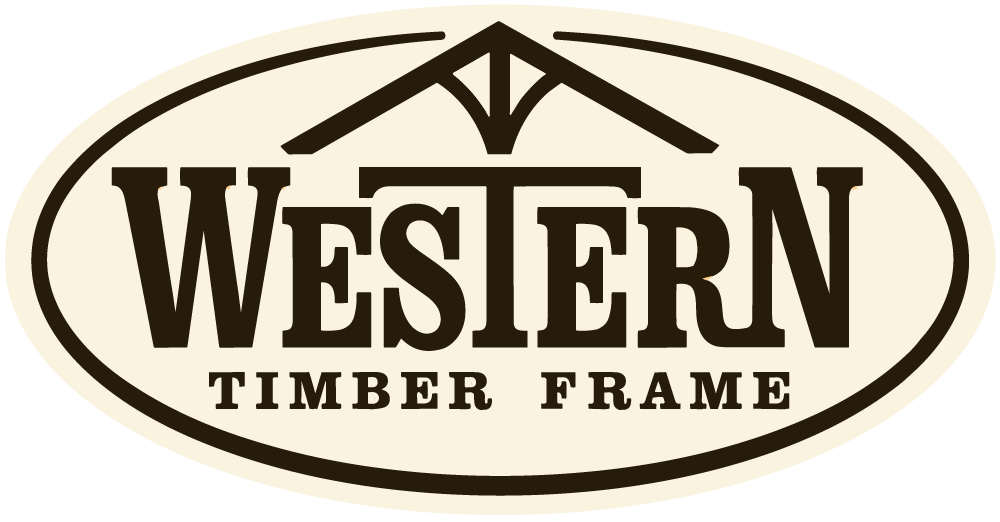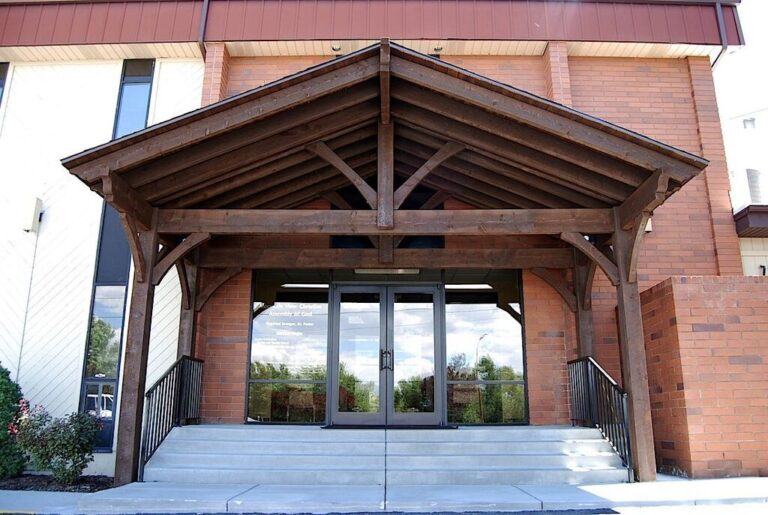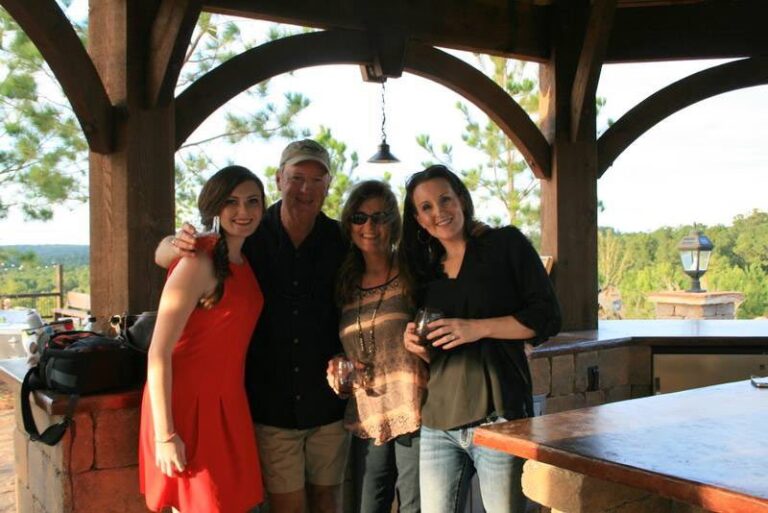Great Idea: Timber Frame Dovetail Mortise Tenon Joint System




From furniture to buildings, the mortise and tenon joint system is well known to woodworkers. Although, there are various types, this joint design is similar to the mortise and tenon joint system inside the human body wherein a convex shaped bone fits within the concave part of another bone.

Designed For Stability & Greater Load Capacities
The human body is brilliantly engineered down to the finest and most intricate particle. Consider our blood vessels once thought to be smooth like a straight water pipe, are wonderfully helical shaped, having a slight corkscrewing twist. This helical design results in a more even blood flow. Damage from turbulent flow is less likely in a helical vessel, especially in areas where the blood passes through T-junctions. Smoother flowing blood promotes the production of protective substances as well. These minute details mirrored into replacement tubes can make a greater difference in “getting by” or “performing well” in the functioning process.
Inside the anatomy of the human body is several mortise and tenon joint systems, each designed with its’ own specific range of motion and load bearing capacities. One of these joint systems is the ankle mortise which is designed to bend downward from 0 to 50° and upwards 0 to 20°; allowing the foot to move upwards and downwards, flex and extend itself.
The ankle mortise is awe inspiring taking into account its small body weight size compared to its strength in performing even seemingly simple daily tasks such as sitting, standing and walking. For example, in a healthy person weighing 150 pounds, the ankle mortise is able to support over 225 pounds on one foot; endure up to 1200 pounds of force when running; and bear the brunt of twenty times their body weight on one joint when jumping!
The performance of the ankle is also affected by the strength of the bones, which are approximately four times stronger than OPC–53 cement; but it is the design of the ankle mortise that gives the bones its range of motion enabling it to absorb incredible impacts and actively sustain itself bearing under amazing load capacities before reaching a breaking point.




The Mortise & Tenon Joint System More Conducive To Responsible Architectural Designs
Buildings are not usually thought of as being in motion like an ankle but rather as solid stable structures. However, we do live in a very fluid environment where the earth’s seismic moves in waves up and down as well as side-to-side in an ongoing micro motion with wind loads as an added factor of moving force.

Over the last five decades, engineering research has been conducted and wind force data collected to improve designs of structures with respect to prevailing high winds and determined seismic flexibility; which has resulted in varying state and local building codes and national load standards for buildings and other structures. The building codes continue to change and efforts are made to improve and ensure structures in high wind and earthquake prevalent areas.
There are fundamental limits and a need for clear understanding by architectural engineers of structural mechanical behavior to define building performance even in relatively low ground-motion levels.
A building or architectural structure will carry its own weight vertically (or it would fall down) by resisting the up and down loads. The inherit weakness in a building is in the lateral movement from side-to-side.
Current building practices in large structures must retrofit concrete, steel, aluminum and other rigid and inelastic load bearing materials through use of dampers, artificial kinematic mechanisms, giant pendulums and computer systems to monitor and compensate for rigidness and structural movement, and then shift a building’s weight accordingly.

There are many different kinds of load bearing dampers, artificial kinematics and bearings with specific characteristics and varying advantages and disadvantages to structural applications to compensate for spalling, vapor bubbles and plates impacts subjected to localized low pressure for inelastic materials.


Through mortise and tenon joint is one example of several joints applications.



With a thorough understanding of load paths and design properties, well-seasoned timbers with the mortise and tenon joint systems have allowed for wipe open spaces, cathedral ceilings, great rooms in castles, commercial constructions, expanded bridges and more that have lasted for centuries, sometimes millenniums.


Award-Winning Post-to-Beam Connection System: The Dovetail Differemce™


Western Timber Frame™ features an award-winning Post-to-Beam Dovetail Connection System combining heritage architectural principles with state of the art technology in all of their timber frame DIY pergolas, pavilions, gazebos, arbors and outdoor structures.
The Dovetail Difference™ has a trapezoidal angled shape that interlocks with another angled board creating a snug fit that gives the timbers an even greater power to perform with woods inherent ability to dampen resonate frequencies while maintaining its beautiful aesthetic appearance. This innovative design makes installation faster and more convenient, and creates very strong rigid corners.


Western Timber Frame™ The Dovetail Difference™ connection system gives the timbers more strength against positive and negative wind load actions with added power to perform its inherit quality of expanding and contracting dampening out resonate frequencies. The dovetail joint does not depend on pinions to stay against tension. The precision cut of the dovetail connection works as an extension of timber allowing for shrinkage and weather variations while remaining secure and snug.




At Western Timber Frame™ we believe in accessing the “smallest” details of perfection to build structures that will last for generations, which is why we are passionate about the mortise and tenon patent pending design, The Dovetail Difference™ connection system. Responsible timber framing with the mortise and tenon and Dovetail Connection System creates safer, durable structures more resistant to powerful coastal storms, high winds, heavy snows of high mountainous regions and seismic shifting, maintaining structural integrity.

When properly engineered, the characteristics of timber combined with the mortise and tenon The Dovetail Difference™ Connection System gives timber framing better seismic survival-ability and long-term durability than any other building material on earth.






